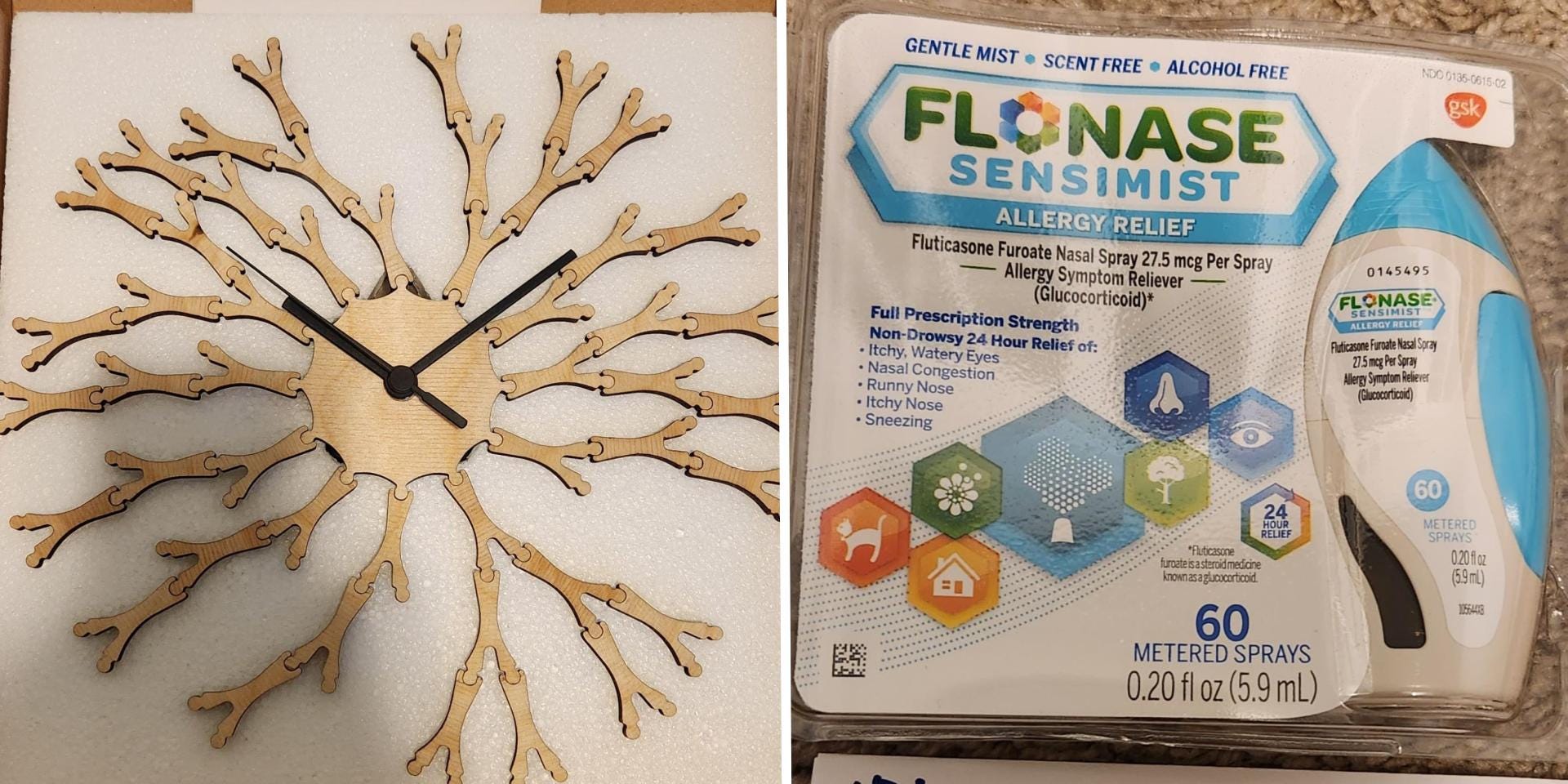
Brook Hansen
This as-told-to essay is based on interviews with Brook, a 46-year-old freelance data worker and mom from Michigan. Business Insider has verified her work history. This essay has been edited for clarity and length.
I’ve been doing behind-the-scenes tech work since 2006 — before most people had heard the word “AI.” I started as a freelance crowd worker on Amazon Mechanical Turk, doing tasks like tagging photos, transcribing business cards, filing receipts, and checking if websites worked.
Since then, the work has really changed, and lots of new platforms have popped up as AI has become more in demand. Now, I do everything from training AI voice assistants and labeling harmful social media content to rewriting chatbot responses and recording speech.
I’ve never had a full-time job doing this. I’m a freelancer, a mom of young kids, and a school board member in Michigan. I’ve used platforms like MTurk, Appen, Neevo, Prolific, and Data Annotation, among others. Some projects or tasks pay as much as $40 an hour, but these are hard to come by and can be really competitive to get on.
This isn’t my main source of income, like it is for other people in the AI gig work space. It’s money for extras like birthday gifts and groceries.
I work when I can, usually a couple of hours at night after my kids go to bed. If there’s good work available, I try to take it, as you never know when a project will disappear. The flexibility is what keeps me coming back.
I spent 3 years mystery shopping Facebook ads
There are a bunch of random tasks that pop up here and there.
I worked on a mystery shopping project for nearly three years, where I was paid to buy stuff from Facebook ads and report on the quality of the product, whether it was legitimate and matched what the ad had promised.
I’d log into a dashboard, see an ad, and be told, “Purchase this if you can.” I could only skip a product if it was illegal, the ad was fraudulent, or it was a subscription. I didn’t get to choose what I bought.
There was a $150 spending cap per product. I was reimbursed for all the items I bought and paid $5 per review. On average, I worked around four hours a month — two hours purchasing, two hours writing reviews, and reviewed around eight products each month. I received thousands of dollars in goods.

Brook Hansen
I ordered all kinds of things: wigs, skincare, Shein clothing, wall art, shoes, sunglasses, and supplements.
Some of it was decent — I still use a Bluetooth speaker and a patio deck box I bought through the task. I’d occasionally land a designer item: authentic Birkenstock sandals, Adidas sneakers, even Ray-Bans.
I kept about half of what I ordered. Lots of what arrived wasn’t great, and I got rid of it straight away. Some products were low-quality knockoffs. Others would arrive broken or in weird sizes.
I skipped about half the ads I was shown. Some websites were sketchy — spelling errors, no contact info, scammy-looking payment portals.
I saved spreadsheets of everything I bought — five to nine items a month for three years. That’s a lot of mystery boxes at my door.

Brook Hansen
The project ended abruptly in February 2024. I just logged in one day, and it wasn’t there anymore. I was surprised it had lasted as long as it did.
Compared to other gigs, it was low-stakes and kind of fun
I’ve done a lot of different jobs in this space, and mystery shopping felt simple by comparison. It didn’t pay much but was steady and easy to manage.
When work is really good on one platform, I’ll concentrate on that. If work dries up, I move on to my next most successful one, and keep a rotation going.
Some of the better-paying work has been voice projects. One had me say hundreds of phrases into a microphone to get it to recognise regional accents, to help train voice assistants like Alexa or Siri.
Prolific — a platform where you can get paid for completing academic surveys from universities, researchers, or data labelling tasks — has been one of the more consistent platforms lately. It pays between $10 to $15 an hour, but the actual wage can fluctuate. I’ve done data annotation projects on Prolific that pay $28 an hour, though those are less common and can be competitive.
Not every offer is worth taking. I’ve seen projects on some platforms asking workers to install cameras at their front door or wear a pair of smart glasses to provide training data for AI systems.
Some ask for at-home videos or selfies sometimes used to train AI facial recognition tools. Some of these come with waivers you have to sign promising that no children will appear in the footage. I don’t take those jobs.
I mostly stick to what feels reasonable — writing prompts, reviewing, chatbot training, voice work, and data annotating. I’d rather not add my face or living room to these systems, as it feels invasive.
For me, it’s not about making a full-time income. I just do it when I have time. I like doing this work with young kids because I can go to their events and not worry about being on my computer at a specific time. That kind of flexibility is hard to find anywhere else.
The post I have a side hustle training AI and reviewing online ads. Some tasks are random, but as a mom, I love the flexibility. appeared first on Business Insider.




